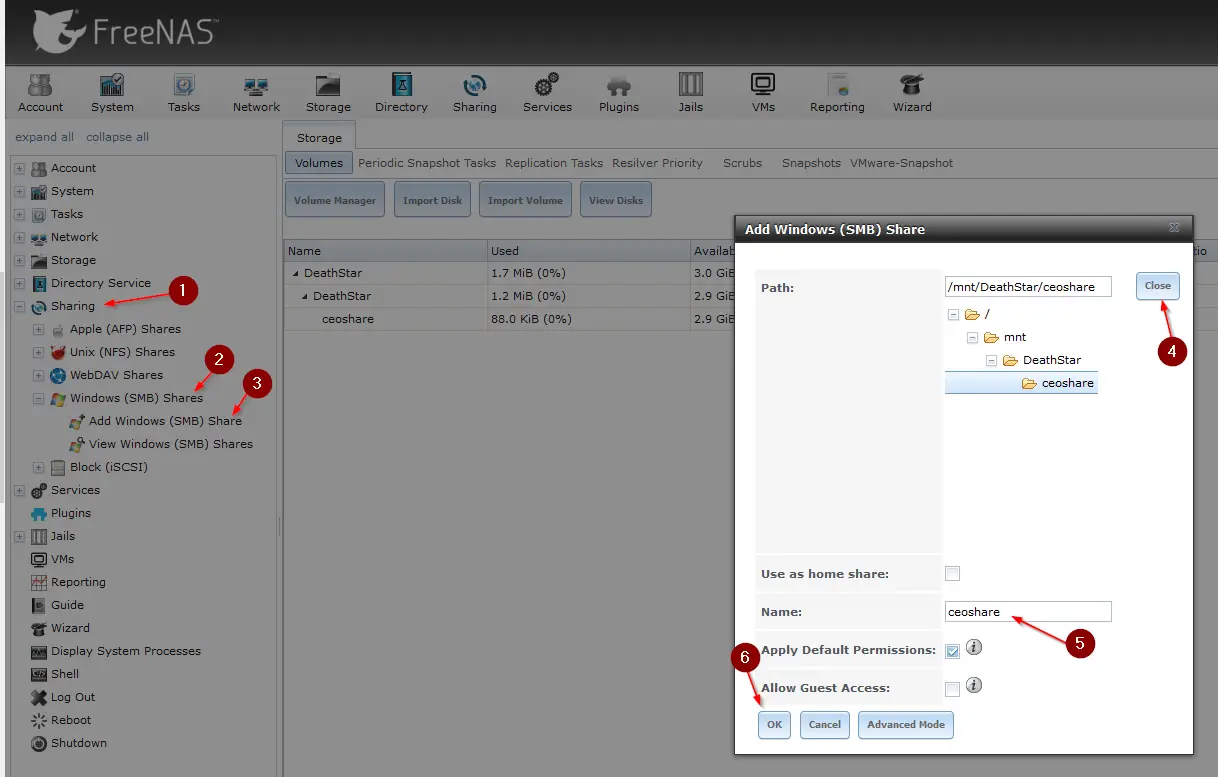

unRAID, which works great as a home NAS server and for small business use.Ī router with DD-WRT hacked onto it and a USB hard disk attached could also perform the same function, but again there’s a lot of hacking involved to get it to work right. The below example will remove snapshots prefixed with auto, under the BACKUP/nas dataset, that do not meet 7 daily, 4 weekly, and 3 monthly timeframes.It’s well-developed, but some features such as disk pooling are still a bit sketchy for the average user and it does sometime require a little command line hacking to get things just right. Amahi Home Server is a free, Linux-based solution that comes complete with an app store for adding functionality with one click installations.Microsoft Windows Home Server is my current choice of home file and backup server, and is an absolute steal at just $49 for an OEM license.If FreeNAS isn’t your thing, here’s a few alternatives:

The ability to configure your router to either forward ports or setup dyndns addresses.
Freenas dataset for mac and windows install#
The latest install ISO from the FreeNAS download page.Īs well as to set up remote access, you’ll also need: To set this up today, you either need a working FreeNAS installation already set up and running, or: Today I’m going to walk you through a basic installation, setting up a simple file share, and setting things up so you can access your files from anywhere over the Internet using the encrypted secure FTP over SSH option. We installed FreeNAS 11 in a dedicated 8GB usb as suggested in documentation and use the additional disk for ZFS storage. FreeNAS is a free, open source BSD-based operating system that can turn any PC into a rock-solid file server. Use Windows 7 installed on disk as VM disk Hi, Past week we bought a server with windows7 preinstalled on a 256GB HD and an additional 1TB HD.


 0 kommentar(er)
0 kommentar(er)
